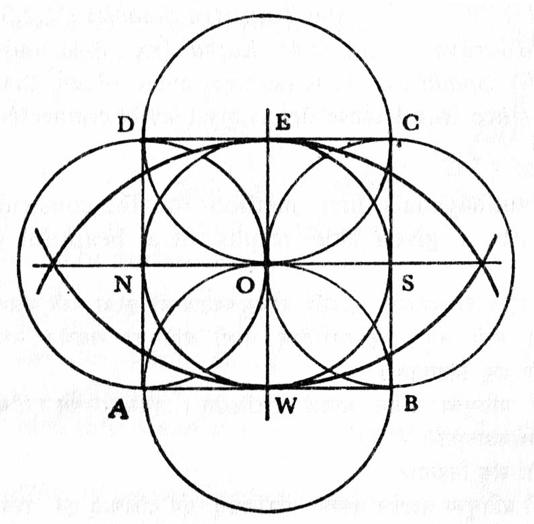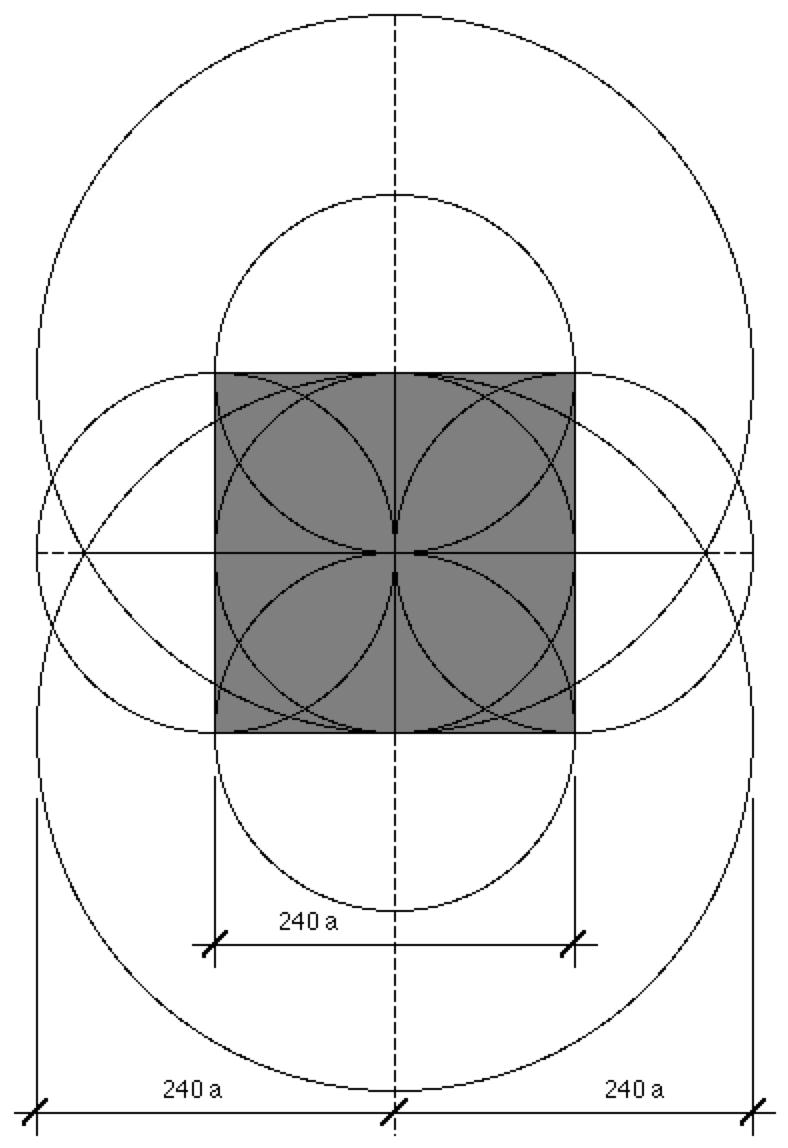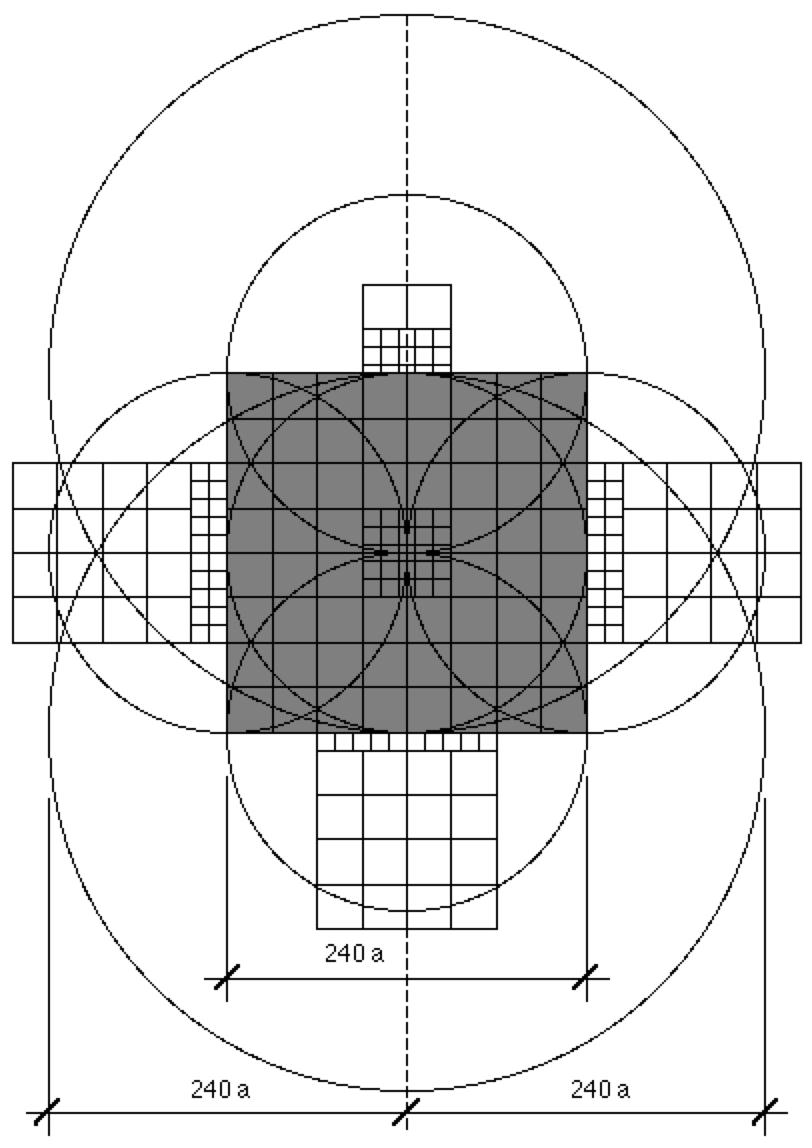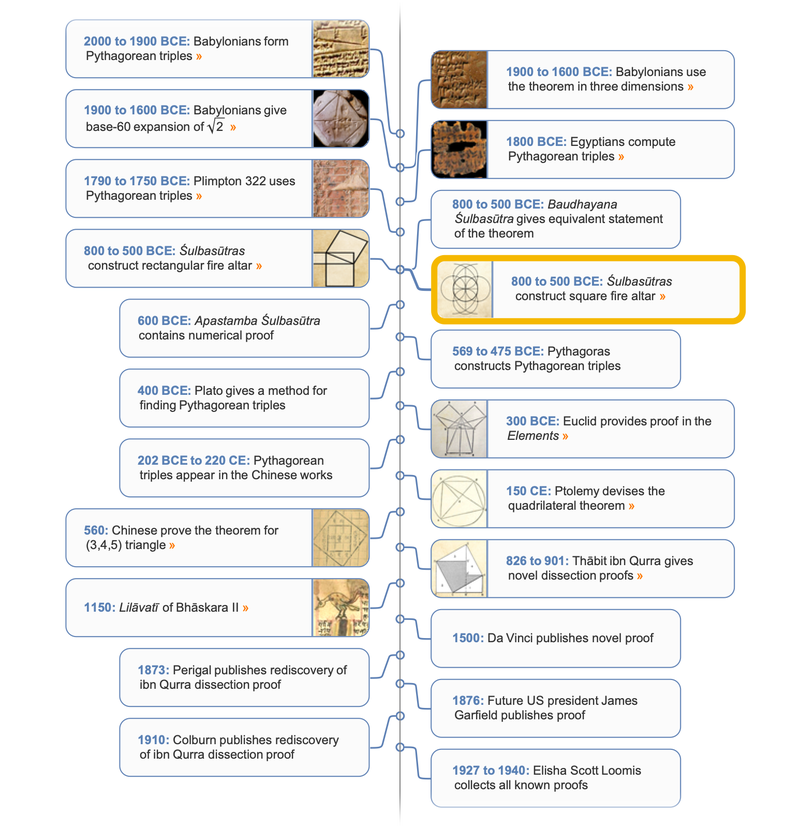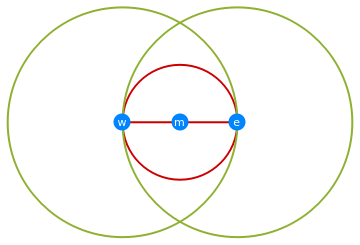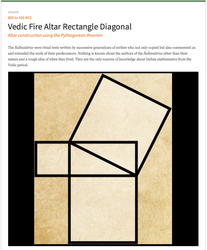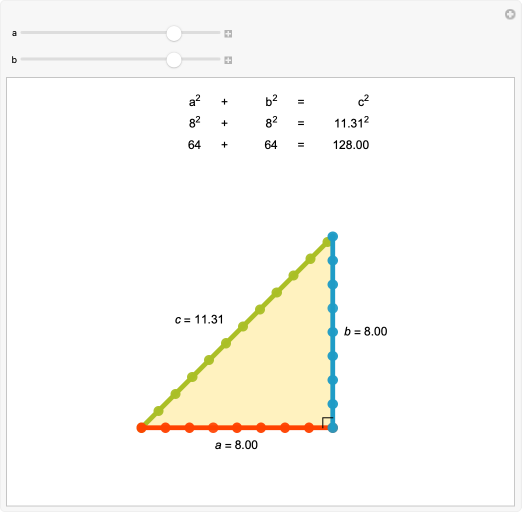around 800 to 500 BCE
Vedic Fire Altar Square Diagonal
Altar construction via a special case of the Pythagorean theorem
The Śulbasūtras were ritual texts written by successive generations of scribes who not only copied but also commented on and extended the work of their predecessors. The Baudhāyana-śulba-sūtra gives a special case of the Pythagorean theorem.

The Śulbasūtras, no original texts of which are known to have survived, were Indian ritual texts containing geometrical content related to fire altar construction. The Baudhāyana-śulba-sūtra, transmitted orally as early as 800 BCE (but possibly as late as 500 BCE), stated, "The rope which is stretched across the diagonal of a square produces an area double the size of the original square" (which is a special case of the Pythagorean theorem corresponding to an isosceles right triangle) and prescribed a series of circles laid out via ropes prior to building one (of many possible shapes) of a Vedic fire altar.
